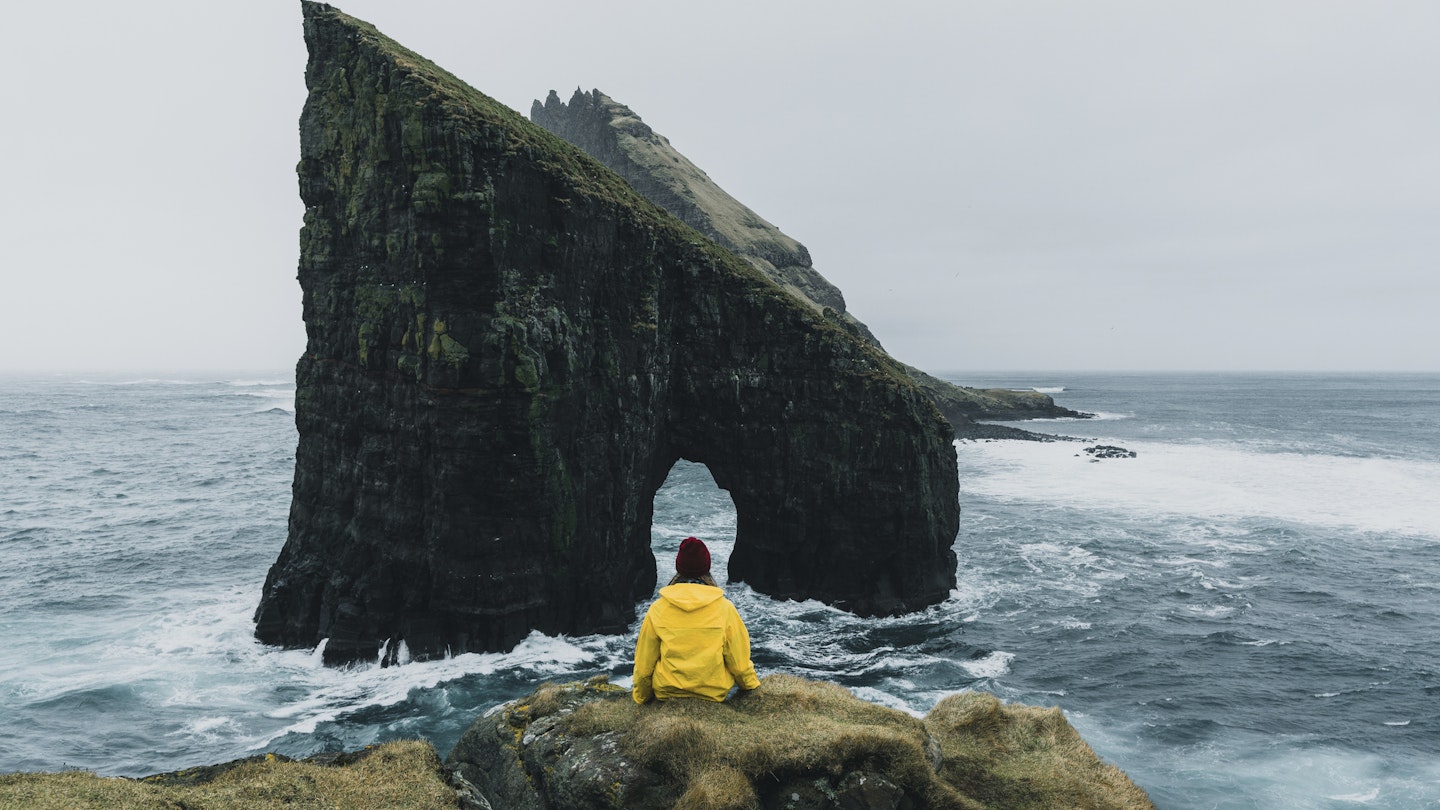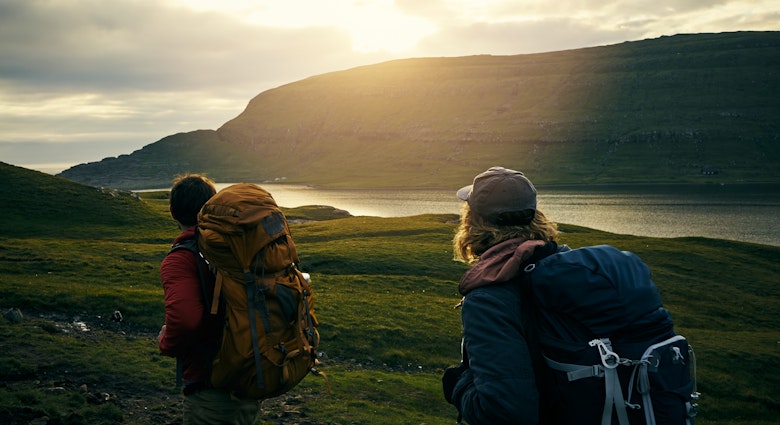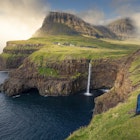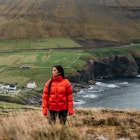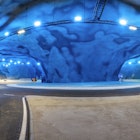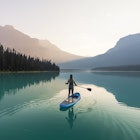The Faroe Islands offer superlative hiking, bird-watching and awe-filled experiences, with shard-like moss-covered mountains and roads snaking around fjords that will take your breath away. A trip to this relatively off-the-beaten-track archipelago takes you under the sea – via the world’s first subsea roundabout – over it, on a range of ferries and boat trips, and around it, seeking seabird-filled cliffs, wild beaches and idyllic hiking trails.
Plan the perfect time for your Faroe Islands trip with this guide to the country’s key events and what to expect from the seasons.
Key things to know about the seasons before you book
It's important to note that experiences on the Faroe Islands are highly seasonal and extremely weather dependent. It’s a cliché but it’s true: you could experience all four seasons in one day – or even within five minutes of each other – on these windswept islands at almost any time of year.
Many of its stellar experiences, from puffin spotting to Northern Lights watching, are not available year round. Some are only available on the days when the weather plays ball. Sometimes ferries are canceled due to high winds, or pelting rain puts an end to a long hike. It is highly likely that you’ll see snow in winter; it is not completely out of the question that you’ll also see it in May.
As a visitor, you’re in thrall to the whims of nature, and it’s all part of the experience.
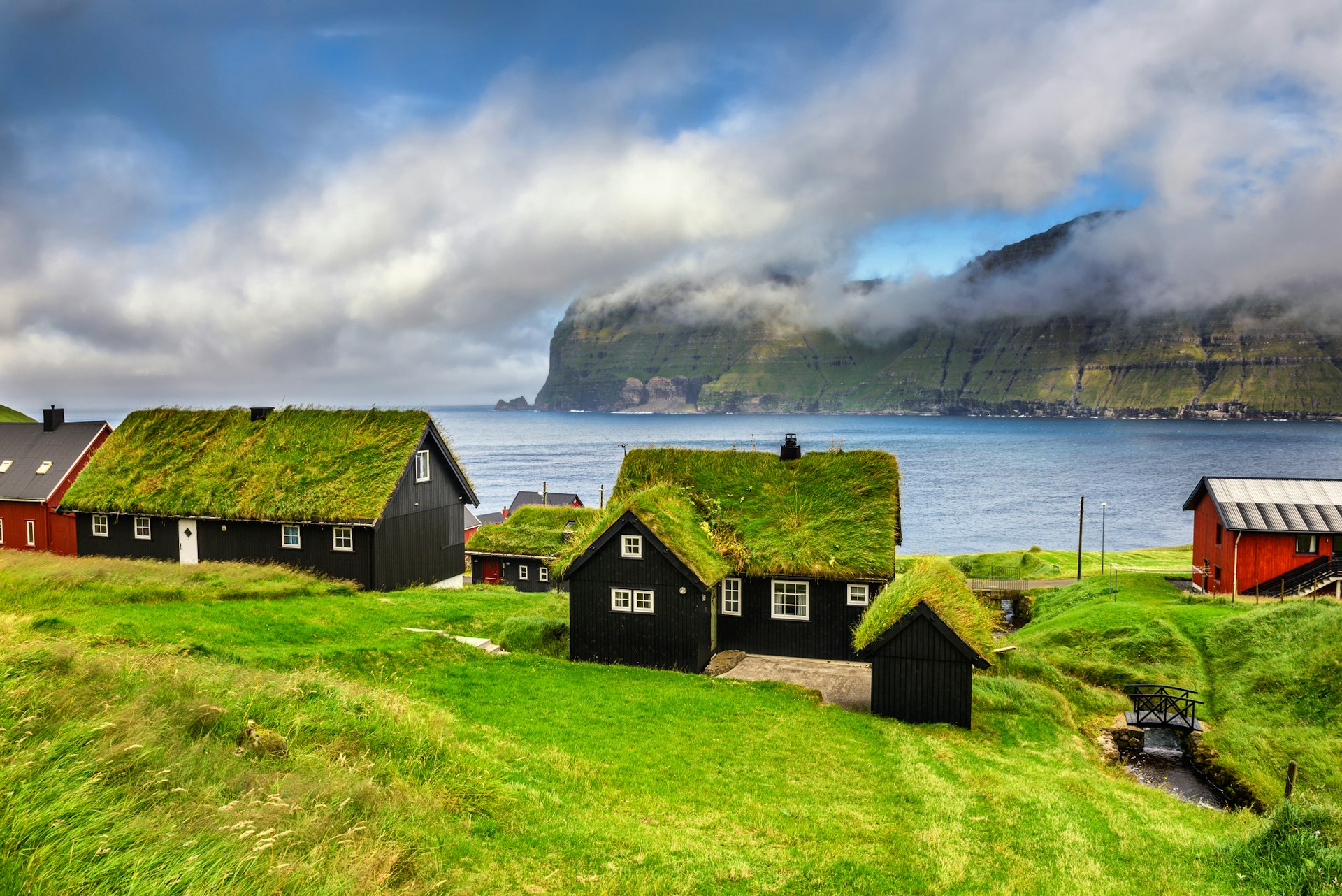
June to August is the best time to visit for weather and activities
Nobody comes to the Faroe Islands expecting to catch a suntan. With temperatures typically hovering between 7 and 13℃ (44℉ and 55℉), you’ll still want to pack your merino wool undies for a summer trip.
Arriving on the islands in summer between June and August is going to give you the best options overall for whatever you want to do for a number of reasons. The first is that it’s peak season, so all the attractions and routes are open – expect reduced schedules out of season.
Secondly, it’s peak season for migratory birds too. If you want to spot puffins, you’ll need to arrive between April and September. Take note: the daily boats to Mykines, the puffins’ favorite island, are often booked up in advance – so book ahead.
It’s also the peak season for hiking. The northerly location means that there’s a lot of variation in daylight across the seasons, and in the height of summer around the solstice, the Faroes experiences around 20 hours of sun. It’s great for long hikes and making the most of your time on the islands. Traditional whale hunts can take place year-round on the Faroe Islands, but are most common in the summer.
Summer is also the best time for festivals and events. In July, the legendary G Festival takes place, drawing international musicians and music fans to the little town of Gøta. It’s also the month of Ólavsøka Festival, a two-day celebration of the Faroese National Day starting on 28 July. Summer is a time for concerts, food festivals, regattas and Gay Pride too.
With all these events and activities going on, it’s also the priciest season to visit. It’s important that you book everything from tours to accommodation, ferries and car hire ahead.

September to December and March to June are the best times for travelers on a budget
Come September, and some attractions and transport options switch to an off-peak, less regular service. The weather in September can be very like August, giving you the chance to enjoy the islands and their nature without so many other visitors – and at lower prices.
While the Faroe Islands are rarely crowded, they are emptier at this time of year, and accommodation options are more widely available. For the best prices and the best conditions, late spring and early autumn are a good bet.
The light starts to change through autumn; towards the end of the season, the days feel shorter and darker and it might be possible to see the Northern Lights on a clear night. The same can be said for spring: mornings get lighter but nights could still be dark enough for a light show. Towards the end of spring, when the wildflowers start to show their faces and the migratory birds return, the islands have a particular kind of fresh excitement to them.
Note that September is the traditional month for the Faroese sheep slaughter, a traditional time of sheep gathering, shearing and slaughtering, and for one weekend in spring (typically late April or early May) the islands are “Closed for Maintenance”.

December to March is the best time for the Northern Lights
To see the Northern Lights, you need luck on your side, a dark night and a cloudless sky. At least one of those things is on offer to you in winter on the Faroe Islands; winters are dark, and on the winter solstice in December, there’s only five hours of daylight to interrupt your aurora chasing. As for the clouds, you never know, they may well blow away. The best advice is to get outside – Tórshavn to an area with no light pollution – and look to the north.
Winter is a season for hardy, intrepid travelers. Temperatures hover around 1 to 6℃ (33℉ to 42℉) and with limited daylight, hiking is only really advisable on short trails and/or with a guide.
Travelers should check Landsverk.fo regularly for updates to road conditions; snow is likely and roads can be closed. Many attractions and transport options will be closed, but those that are open are warm and charming, including small concerts and cultural attractions.
For the most dramatic take on the Faroe Islands, winter doesn’t hold back: we’re talking frozen harbors, wild seas, ice swimming, sledging down vertiginous slopes, and visits to Tjornuvík, a village that experiences a full 24 hours of darkness every year. Pack your warmest clothes and call yourself an adventurer: the Faroe Islands in winter has plenty to offer if you have an appetite for extremes.

